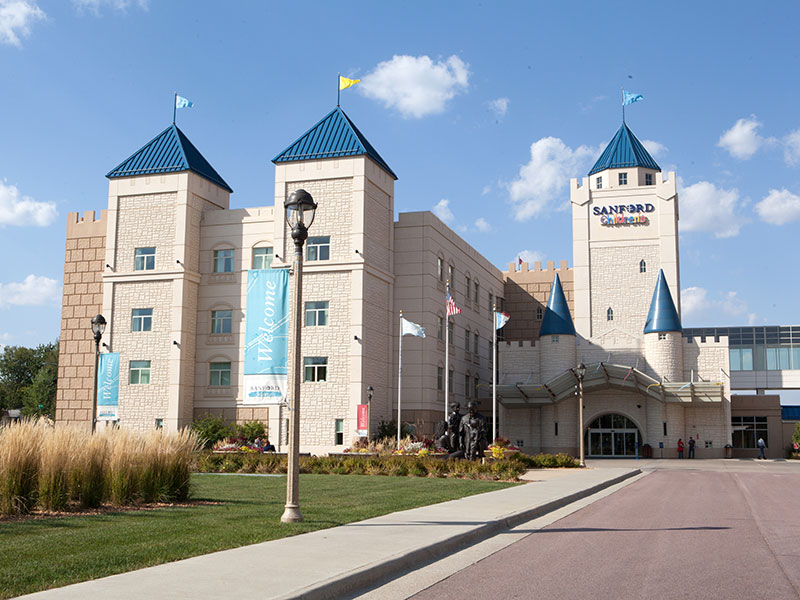In collaboration with the Sanford Health Foundation, Marsh McLennan Agency is partnering with the Sanford Children’s Hospital on a $1 million, 10-year philanthropic commitment to address the growing need for pediatric behavioral health care in our region.
This commitment from Marsh McLennan Agency, a full-service insurance company, will help advance work to integrate behavioral health into inpatient pediatric care at Sanford Children’s Hospital, powering a vision to provide comprehensive, whole-person care that supports each child’s physical, emotional and spiritual well-being.
“At Marsh McLennan Agency, we have deep roots in the communities we serve, so we’re committed to doing our part to ensure the places we call home are dynamic places to live, work and play. That means doing all we can through volunteerism, service and philanthropy to help make a difference,” said Steve Vlk, CEO, Marsh McLennan Agency.
“Investing in pediatric health is an investment in the overall strength and vitality of our region. Healthy children grow into healthy adults who contribute to more productive, engaged and resilient communities. This philanthropic partnership will make an impact for generations to come,” said Rochelle Sweetman, director of healthcare, Marsh McLennan Agency.
The partnership will allow Sanford Children’s Hospital to:
- Expand the pediatric behavioral health team with additional full-time therapists and social workers.
- Enhance internship and training programs to empower staff and build a long-term sustainable model for delivering critical whole-person care to local kids.
- Introduce assessment and follow-up services, ensuring children receive appropriate diagnoses, treatment and long-term care plans.
- Enhance facilities to create dedicated spaces where kids with behavioral health needs can find comfort, heal and learn skills.
Meeting needs of local kids
In the past year at Sanford Children’s Hospital, more than 5,500 patient encounters involved a behavioral health diagnosis or concern related to issues such as anxiety, depression, ADHD, substance abuse, self-harm, suicidal ideations or attempts, trauma, disruptive behaviors and more.
“Across the Sioux Falls region, more and more kids are struggling with heartbreaking and complex behavioral health issues. By addressing the growing mental health needs of children, this partnership will create a safer, more supportive environment where our youngest patients can thrive,” said Erin Sanderson, vice president of Sanford Health Foundation, Sioux Falls. “This generous gift from Marsh McLennan Agency will help expand and enhance critical behavioral health services at the Castle of Care.”
Marsh McLennan Agency’s gift will also help provide the use of screening tools to assess the emotional health of every patient admitted to Sanford Children’s Hospital.
“Early screening for behavioral health concerns in children is a critical step in ensuring better long-term outcomes,” said Joe Segeleon, M.D., vice president, medical officer, Sanford Children’s. “With this gift, we can implement a program that includes comprehensive assessment initiatives and follow-up services specific to pediatric behavioral health, equipping children and families with the care and support they need to thrive.”
Learn more
- Sanford launches virtual behavioral health appointments
- Gift will create new pediatric emergency department
- Podcast: Pediatric mental health
…
Posted In Behavioral Health, Children's, Company News, Foundation, News, Sioux Falls
